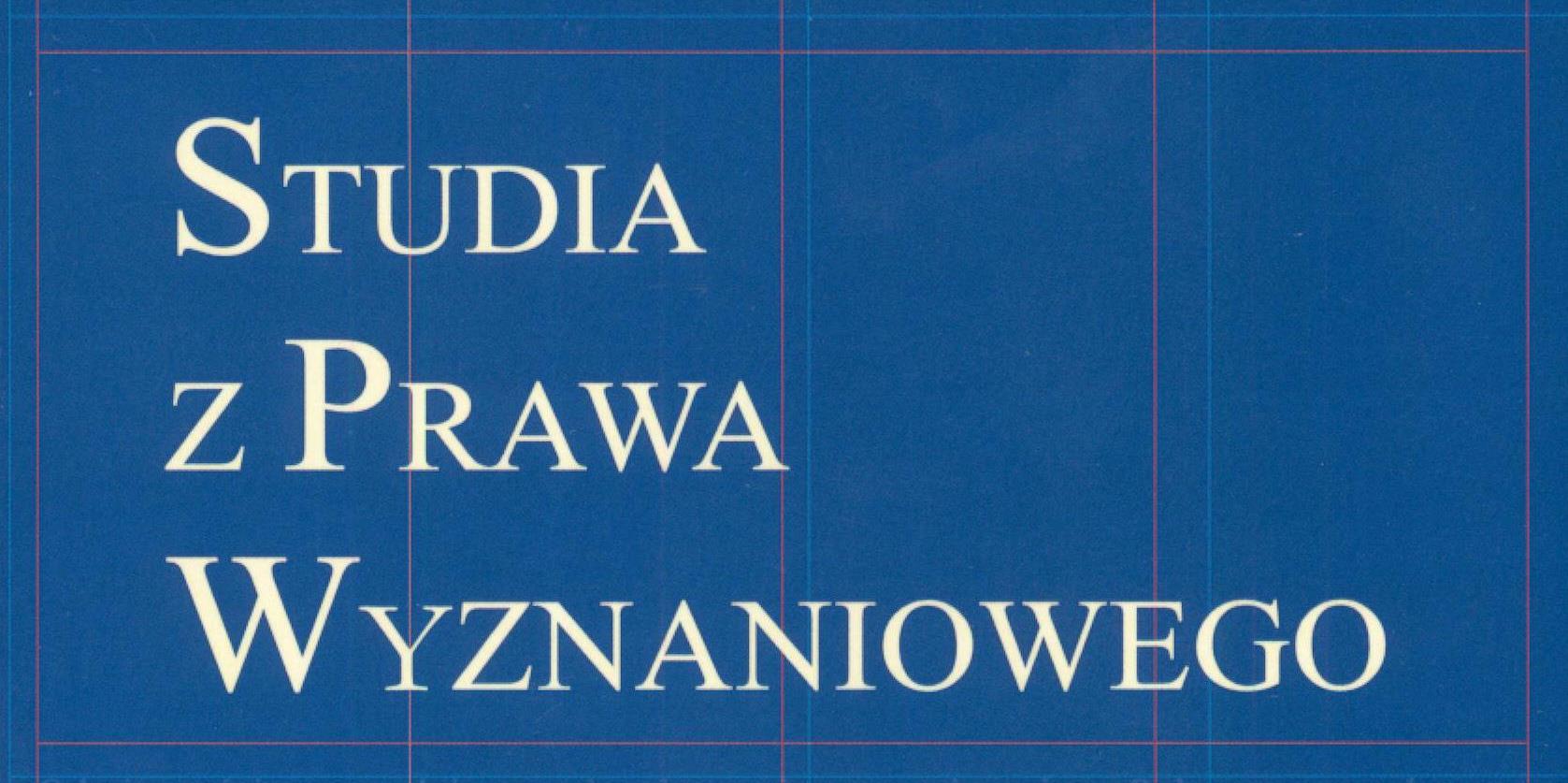Religions in the public space of France, in the past and today
Christine Mengès-Le Pape
Université Toulouse 1 Capitole , FranceAbstract
Questions concerning the presence of religion in the public space of France are today particularly valid. The attempts to answer questions about the appropriateness of the current solutions cannot be given up in the face of European crisis concerning the issue of immigration. The concept of secularism currently implemented in France is in fact often explained with reference to the requirements of integration policy and the needs and pressure from various religious groups. Regarding the current changes, seen often, and not without a reason, as a threat to public order, the discussion should start with the revision of concepts, often mistakenly understood, that have defined the areas of religion since the entry into force of the Act of 9 December 1905. The research of these issue requires a juxtaposition of the present and a historical situation. Such a comparison highlights any new elements that are associated with the phenomenon, which can be described as an act of distorting the consciousness of societies of the Western world. In the light of this situation the essential differences between religions should be also taken into account; those on which the creators of regulations from 1905 focused and those which in Western Europe today play an increasingly important role in the consequences of migration. The same rules that apply to Christianity cannot be applied to them because often they take on the theocratic concepts and do not accept the distinction between the sacred and the profane.
Keywords:
Secularism, secularization, public space, integration, religious pluralism, freedom of conscience and religion, religion in public spaceReferences
Claude Durand-Prinborgne, La laïcité, éd. Dalloz, 2004.
Convictions philosophiques et religieuses et droits positifs, colloque national de Moncton, Bruxelles, éd. Bruylant, 2010.
Dominique Laszlo-Fenouillet, La conscience, Paris, LGDJ, 1993.
Laïcité et liberté religieuse. Recueil de textes et de jurisprudence, Paris, Les éditions des journaux officiels, 2011.
La laïcité, archives de philosophie du droit, Paris, éd Dalloz, mars 2005, t. 48.
Le pluralisme, archives de philosophie du droit, Paris, éd Dalloz, mars 2006, t. 49.
Liberté d’expression et liberté de communication, Les nouveaux cahiers du Conseil constitutionnel, Paris, éd. Dalloz, 2012, n°36.
Philippe Chiappini, Le droit et le sacré, Paris, éd. Dalloz, 2006.
Krzysztof Wojtyczek, « Les religions et le principe d’égalité », Revue européenne de droit public, 2005, n°1
Université Toulouse 1 Capitole
Professeur agrégé des Facultés de droit ; Membre du Centre Toulousain d’Histoire du Droit et des Idées Politiques ; Université Toulouse 1 Capitole ; 2, rue du Doyen-Gabriel-Marty, 31042 Toulouse cedex 09 ; République française
License
- According to the Act of 4 February 1994 on copyright and related rights, the author of a publication transfers to the publisher the proprietary copyright of his or her work in all fields of exploitation known on the date of concluding an agreement with the publisher.
- Texts submitted for publication in Studia z Prawa Wyznaniowegocannot infringe the copyright of third parties. The author declares the originality of his or her publication when completing a declaration and signing a publishing agreement.
- Authors are permitted to post the publisher's version of their work online (e.g. in institutional repositories, academia.edu, researchgate.net or on their website) after its initial publication in this journal.
- With the consent of the editors, texts published in Studia z Prawa Wyznaniowego can be republished in other publications (provided that their original place of publication is acknowledged).
- This is an open access journal which means that all content is freely available without charge to the user or his/her institution. Users are allowed to read, download, copy, distribute, print, search, or link to the full texts of the articles, or use them for any other lawful purpose, without asking prior permission from the publisher or the author.











